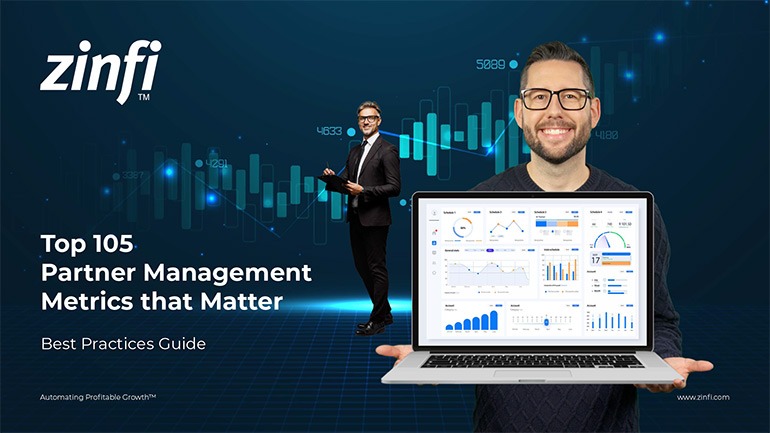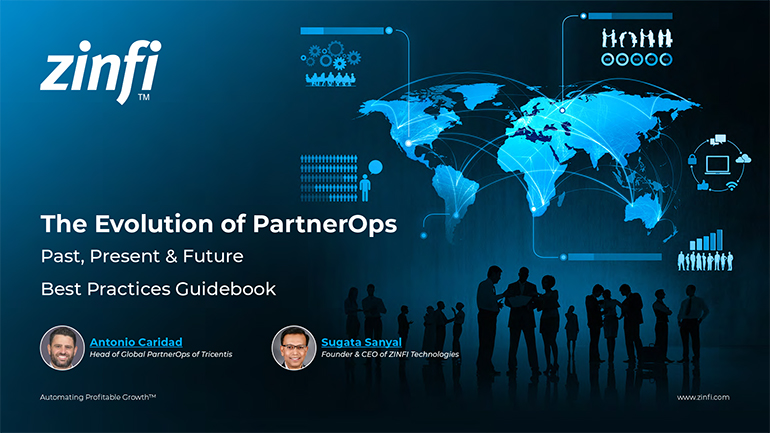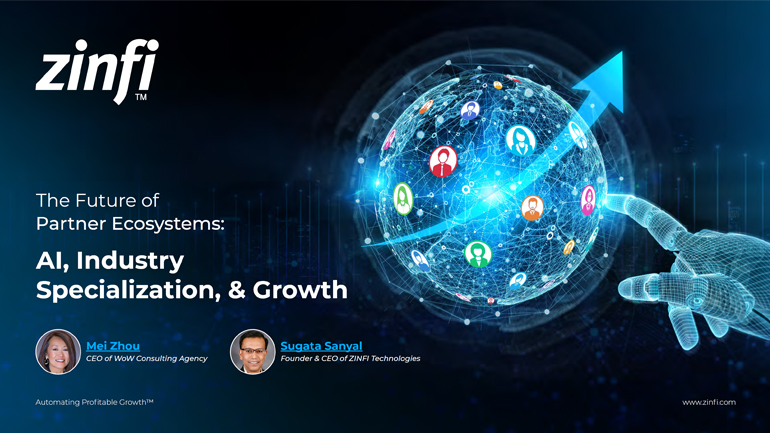Glossary - What is - Data-Driven Partner Ecosystem
What is a Data-Driven Partner Ecosystem?
A Data-Driven Partner Ecosystem refers to a collaborative network of business partners—distributors, resellers, and affiliates—who leverage real-time data insights to optimize operations, improve decision-making, and drive growth. By using advanced tools and analytics, organizations can capture and analyze data related to partner performance, sales trends, customer behavior, and market dynamics. This ecosystem thrives on data accuracy, transparency, and actionable insights, which enable all stakeholders to work more effectively and achieve shared goals.
A data-driven approach is essential in partner ecosystem management and partner management automation. It facilitates informed decision-making, enhances transparency, and fosters stronger partnerships. Automation tools integrated with real-time analytics enable businesses to streamline workflows, personalize partner engagements, and implement performance-driven strategies. This approach improves operational efficiency and creates a competitive edge in dynamic markets by leveraging data as a key asset.
Key Takeaways:
- Improved Decision-Making: A data-driven partner ecosystem equips organizations with actionable insights to make informed decisions. Businesses can identify growth opportunities and mitigate risks by analyzing data from channel activities. Explore more about data analytics in channel management on ZINFI’s Partner Relationship Management Guide.
- Enhanced Partner Performance: Organizations can use data to monitor and improve partner performance. Metrics such as sales targets, customer satisfaction, and revenue contributions clearly show each partner’s value. Learn how to optimize partner engagement using ZINFI’s Partner Management Software.
- Streamlined Incentive Programs: Data-driven ecosystems enable businesses to create tailored incentive programs based on partner contributions and behaviors. This ensures that rewards are aligned with organizational goals and effectively motivate partners. Find tips on incentive management in ZINFI’s Channel Incentive Management Solutions.
- Increased Transparency and Collaboration: Sharing real-time data and performance dashboards with partners fosters transparency and mutual trust. This collaborative approach strengthens relationships and aligns partner goals with organizational objectives.
- Data Integration and Scalability: A data-driven ecosystem relies on the seamless integration of multiple data sources and tools. Scalable platforms ensure organizations can adapt to growing channel networks and evolving market needs. Discover how scalability supports ecosystem growth on ZINFI’s Channel Management Solutions.
Summary of Key Takeaways:
A Data-Driven Partner Ecosystem is vital for businesses seeking to optimize partner relationships and operations. Key benefits include improved decision-making, enhanced partner performance, streamlined incentives, increased transparency, and scalability. Leveraging these insights helps organizations build stronger partnerships and drive sustainable growth.
Key Examples:
- Automotive Manufacturing: In the automotive industry, manufacturers use data-driven ecosystems to monitor dealer performance, predict market demand, and optimize supply chains. For instance, data analytics helps identify underperforming dealerships and implement targeted support programs.
- Consumer Electronics: Electronics companies rely on data-driven ecosystems to track distributor performance, analyze customer preferences, and implement dynamic pricing strategies. These insights help in launching products that resonate with market demands.
- Energy Production: Energy providers use data-driven tools to manage partner relationships with contractors and distributors. Data insights ensure efficient project timelines, optimized resource allocation, and improved service delivery.
- Financial Services: Banks and financial institutions leverage data-driven ecosystems to monitor agent performance, track customer onboarding processes, and ensure compliance. Analytics tools help identify cross-selling and upselling opportunities.
- Healthcare Services: In healthcare, data-driven ecosystems enable providers to track medical supply chains, monitor partner performance, and ensure compliance with stringent regulations. This improves patient outcomes and operational efficiency.
- Information Technology: IT firms use data-driven ecosystems to optimize software distribution channels, track reseller performance, and deliver tailored customer support. Data analytics ensures timely updates and consistent service quality.
- Pharmaceutical Development: Pharmaceutical companies utilize data-driven ecosystems to manage complex distribution networks and comply with regulations. Insights help streamline drug distribution and improve patient access to medications.
- Retail Industry: Retailers depend on data-driven ecosystems to analyze customer purchasing trends, monitor supplier performance, and design targeted marketing campaigns. This approach ensures inventory accuracy and improved customer experiences.
- Telecommunications: Telecom companies use data-driven tools to monitor channel partner sales, track customer subscriptions, and enhance service quality. Real-time insights help optimize device distribution and customer retention strategies.
Conclusion:
A Data-Driven Partner Ecosystem transforms how organizations manage and collaborate with their channel partners. Businesses can optimize decision-making, improve partner performance, and enhance transparency by leveraging real-time data. Examples from industries such as automotive, IT, and healthcare showcase the transformative power of this approach. With the right tools and strategies, organizations can build scalable, collaborative ecosystems that deliver value to all stakeholders. By integrating data-driven insights into partner management automation, businesses ensure their partner networks remain agile and competitive in a rapidly evolving market landscape.
Associated Keywords:
- Real-Time Partner Data
- Partner Ecosystem Analytics
- Collaborative Channel Ecosystems















